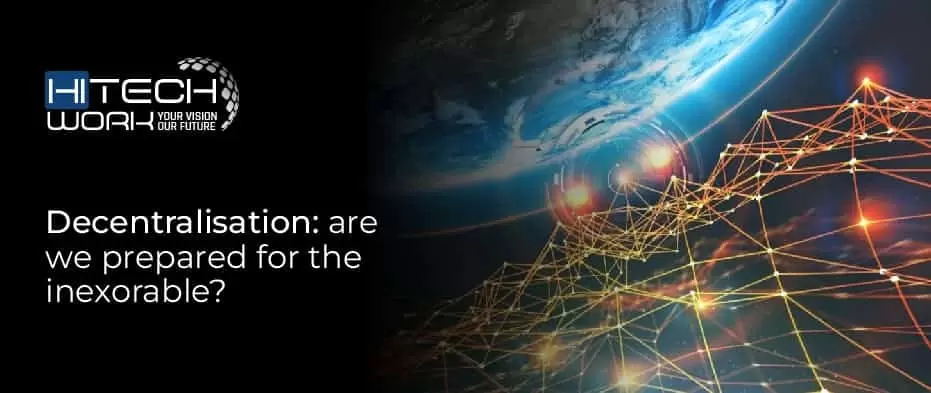Decentralisation has been around for over a decade now; however, we still seem to be so phased by its unpredictable nature like neophytes! The formation of cryptocurrency blockchain and what now seems to have become a timeless Bitcoin introduced us all to decentralisation. Nevertheless, the concept of decentralisation extends above the realms of peer-to-peer quantum ai trading app. Let’s explore how this may dominate and potentially overtake conventional payment systems, whilst remaining versatile and lucid.
Decentralisation promises to deliver a sustainable, secure and innovative future network However, the distribution of data creates hindrances. These include scalability, game theory, handling malicious bodies, trustless environment drawbacks and user experience compromises.
What is Decentralisation?
Decentralisation offers incorruptible distributions which are secure and cannot be individually controlled (hence safe). This is all courtesy of advanced cryptography. Blockchain is still a relatively unknown arena in that radical talk, resources and human power, evolution and shared energy all determine the costs involved and performance. The future of humanity which is connected via such networks and empowered by this technology can control a peer group consensus. This is required for trusted third parties, overhauling how we conceive structural ideas and organisations in general.
This alternative to the present power structure stems from a societal value system skew with the view that our internet promotes liberty. In an era when technology serves humanity, complementary transactions, access to information and individual autonomy all exist. Faith may dissolve and so newer reliable sources are sought after instead. Although arguably revolutionary, this anarchy-oriented process serves to threaten conventional centralised currency.
Case Uses
With infinite potential, it manages, communicates, transacts and educates. It modifies extrapolation, agriculture, predictive energy consumption, socioeconomic and advisory services. The creation and use of crypto networks such as Ether (general programming), Bitcoin (cryptocurrency), Golem (calculating computations), Leeroy (decentralised social network), Public (blockchain distributed media) and Filecoin (data file storage) have propelled decentralisation even further. Review how mass media and communications transformed with the advent of smartphones and higher broadband speeds. Consumers are now free to receive news in any manner, rather than conventional pyramidal ways.
Banking and transfer payments with peer-to-peer transactions devoid of an intermediary are now made possible. This is owing to advancements in cybersecurity, enabling cryptography to defend us from unpermitted edits, attacks, data corruption or even clerical errors in unimaginable ways. It is akin to the phobia of smart devices such as cars and home surveillance systems being hacked. Blockchain’s decentralised data flow governs and boosts efficiency plus transparency. Localising exchanges, rather than relying on the government or corporate exchanges, fare better for users.
Decentralisation Cons
As capacity peaks and this becomes mainstream would security levels be lowered or incompatible scenarios? Slow and user unergonomic platforms affect compliance, higher speeds reduce security, yet this is inversely proportional. In such cases, hybrid settings can be considered.
Is Decentralisation inevitable now?
Absolutely and this is only set to grow, as we seek further avenues to spend or use crypto on. This approach enables greater autonomy during transactions, without government institutions intervening to validate and authorise transactions. Don’t forget that many would prefer independence and less need to comply with regulations, whilst still handling funds quickly plus efficiently. It paves the way for futuristic payments which can be tracked, secured and are never subject to tampering. What could someone achieve with such a feat? Well, this also sets a new precedent to transact more freely, specifically and with the assurance of funds being protected against cyberattacks.
Lastly, don’t forget that decentralisation forms the basis of existing and rapidly evolving new cryptocurrencies. With that being said, it is becoming more evident that this forms an essential part of existing infrastructure, as does its underlying principle to avoid authoritative control over such processes. Always remember that this foundation will form the basis of newer upcoming technologies. Hence in that sense, it remains a crucial part of digital currency and trading.
So, is decentralisation here to stay? Yes, it is, however, this will manifest in many new and exciting prospects for the future to embrace. At least this way, we would always be fully aware of what to expect, when, how, where and why. Knowing this will prepare us for what has been and will continue to be a revolutionary overhaul of financial transactions in our daily lives.






